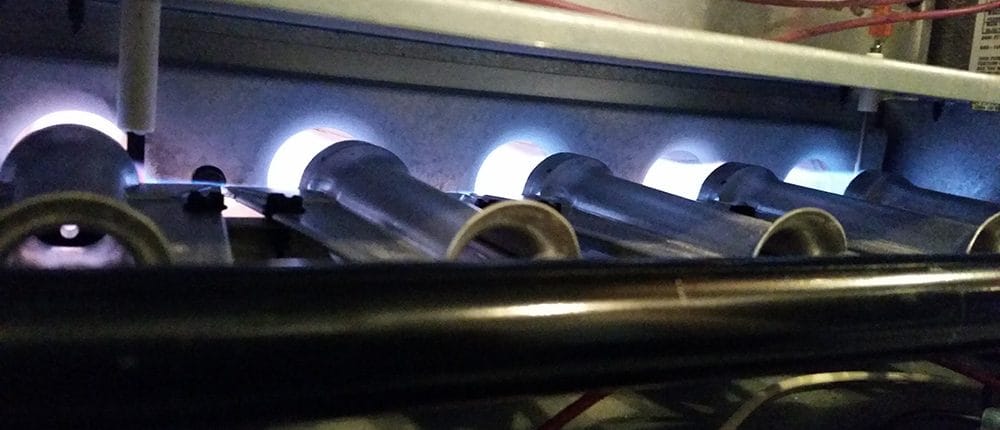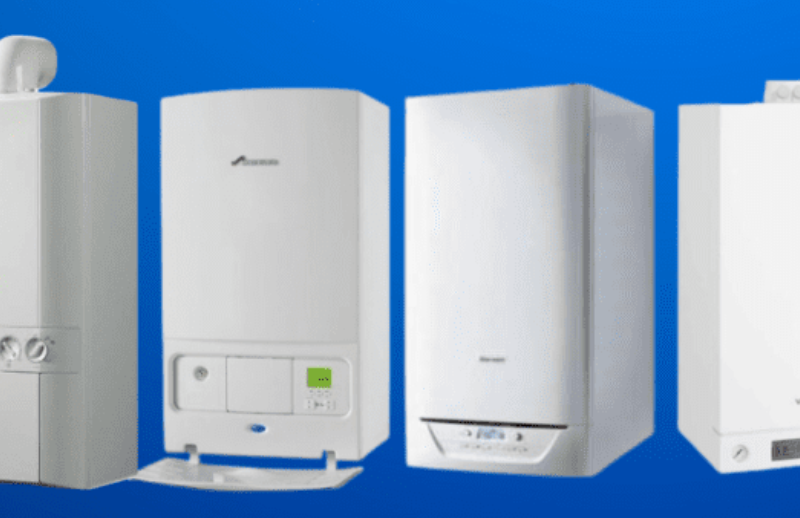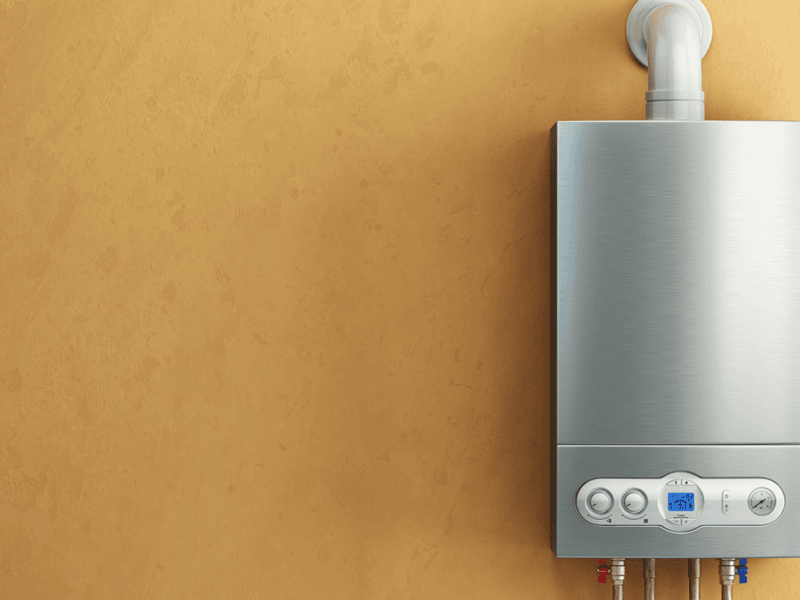If you’re building or upgrading your home heating system, this guide might save you thousands—and protect your health.
Heating with propane can be smart, efficient, and clean—but only if you choose the right system. Here’s everything you need to know about propane home heating options, from furnaces and boilers to radiant floors and fireplaces.
Why Choose Propane Heating?
Propane is a popular fuel source for rural and suburban homes across the U.S., especially in areas without access to natural gas. It’s clean-burning, energy-efficient, and available year-round. But not all propane heating systems are created equal. Efficiency, maintenance costs, health impact, and space coverage vary dramatically.
Top 5 Propane Heating Systems for Residential Homes
| Heating System | Ideal Home Size | Lifespan | Yearly Maintenance | Health Impact | Install Cost | Maintenance Difficulty |
|---|---|---|---|---|---|---|
| Propane Furnace | 1,000–3,200 sq ft | 15–20 years | $100–150 | Moderate | Moderate | Low |
| Propane Boiler | 1,000–2,700 sq ft | 15–25 years | $150–250 | High | High | Medium |
| Gas Fireplace/Stove | 200–700 sq ft (zone) | 15–20 years | $80–120 | Low–Moderate* | Low | Very low |
| Radiant Floor Heating | 1,000–2,700 sq ft | 30–50 years | $200+ | Very High | Very High | Low (but expensive to repair) |
| Combi Boiler | Up to 1,600 sq ft | 12–18 years | $150–200 | High | Moderate | Medium |
*Vent-free fireplaces can pose health risks—choose vented models for better air quality.
1. Propane Furnace: Best for Fast Whole-House Heating
A propane furnace heats air and circulates it via ductwork.
- Efficiency: Up to 98% (AFUE-rated models)
- Pros: Fast heating, works with central AC, widely available.
- Cons: Circulates dust/allergens; can dry indoor air.
- Health Notes: Use HEPA filters and maintain ducts to reduce allergens.
- Maintenance: Easy—change filters regularly, annual checkups.
- Best For: Homes over 1,500 sq ft with existing ductwork.
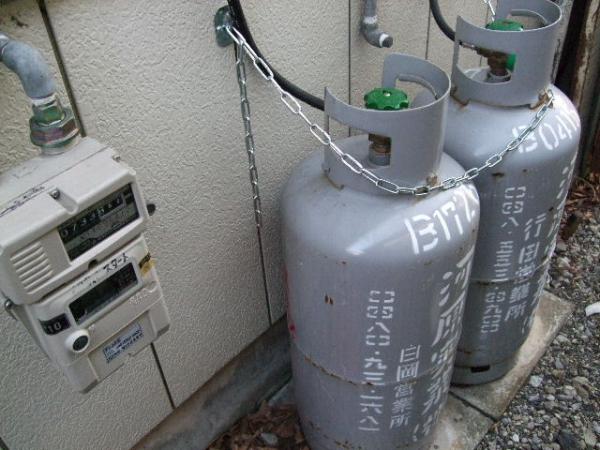
2. Propane Boiler: Best for Comfort and Air Quality
Boilers use hot water to warm your home via radiators or radiant floors.
- Efficiency: 85–95%
- Pros: Comfortable, silent heat; no dust circulation.
- Cons: Costly to install in retrofit homes; slower heat response.
- Health Notes: Ideal for allergy sufferers—no forced air.
- Maintenance: Annual service; flush system every 2–3 years.
- Best For: Multi-level or medium-sized homes focused on comfort.
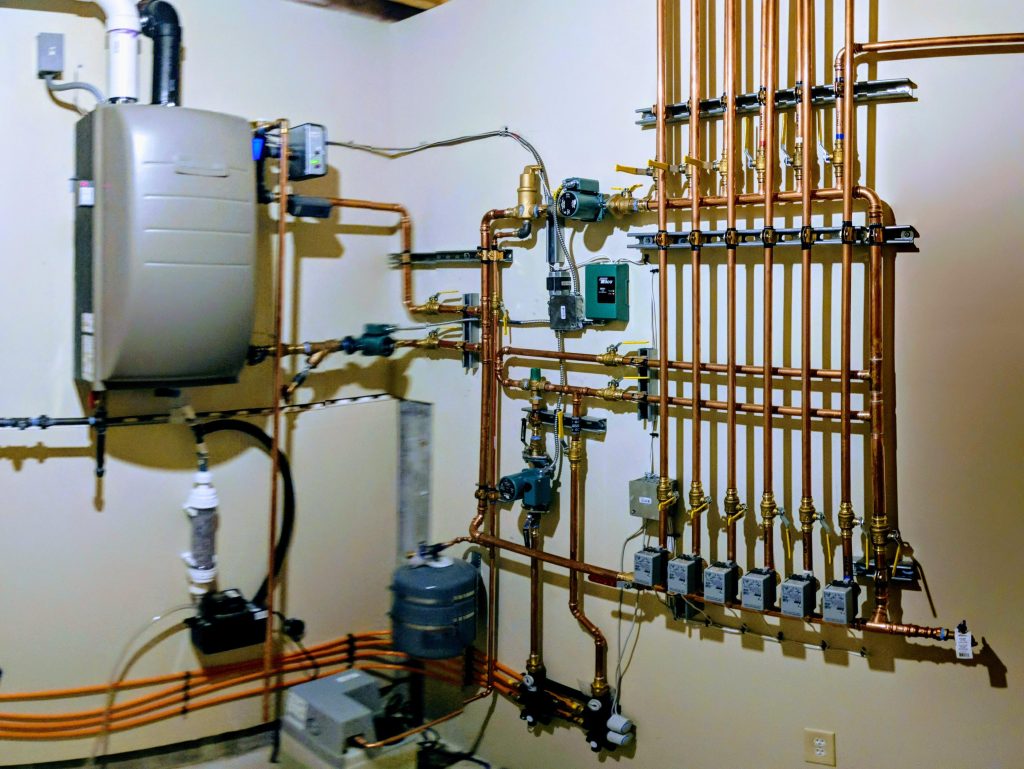
3. Gas Fireplace or Propane Stove: Best for Supplemental Heat
These add warmth and ambiance to specific rooms.
- Efficiency: 60–80%
- Pros: Visually appealing, functions during power outages.
- Cons: Limited coverage; vent-free models may emit CO and moisture.
- Health Notes: Only use vented models; install CO detectors.
- Maintenance: Minimal—annual inspection and cleaning.
- Best For: Small spaces, guest rooms, or emergency heat.
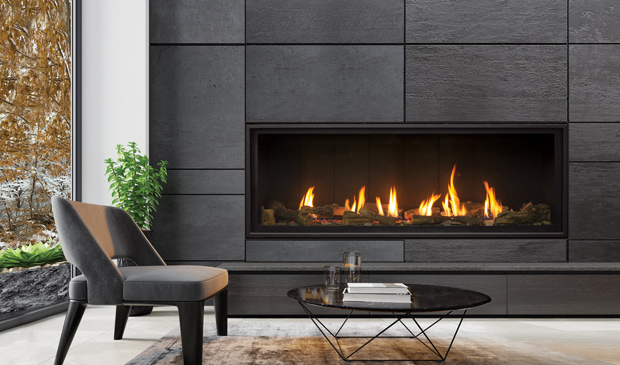
4. Radiant Floor Heating with Propane: Best for Luxury Comfort
Radiant systems warm floors directly via hot water tubes.
- Efficiency: Up to 95%
- Pros: Silent, even warmth; doesn’t dry out air.
- Cons: High upfront cost; difficult and expensive to repair leaks.
- Health Notes: Excellent for indoor air quality; no airflow or allergens.
- Maintenance: Simple but requires annual system check.
- Best For: Energy-efficient new builds or premium remodels.
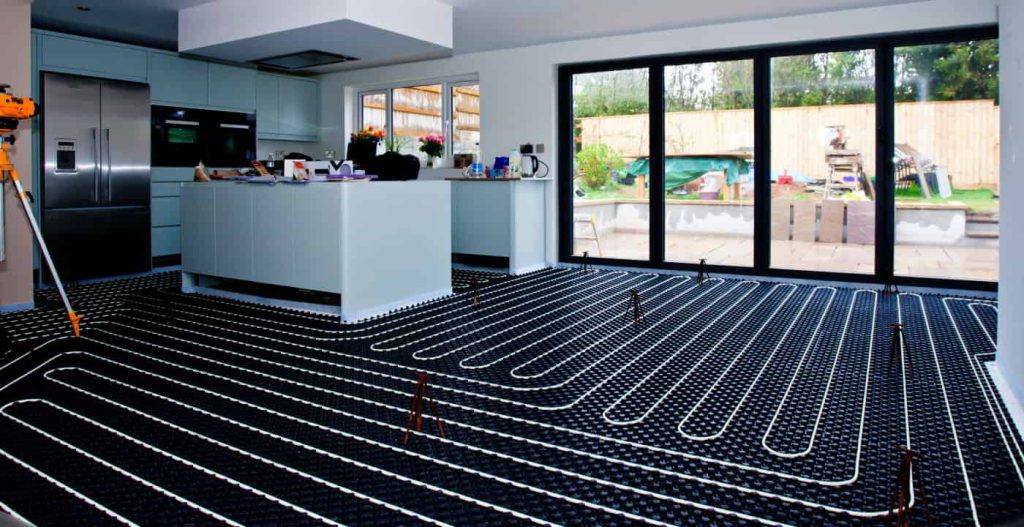
5. Combi Boiler: Best for Compact Homes
Combi boilers provide both heat and domestic hot water.
- Efficiency: 90–95%
- Pros: Saves space, no water tank, low standby losses.
- Cons: May struggle with high simultaneous demand.
- Health Notes: Safe with proper ventilation.
- Maintenance: Annual inspection and descaling.
- Best For: Small homes, apartments, or townhouses.
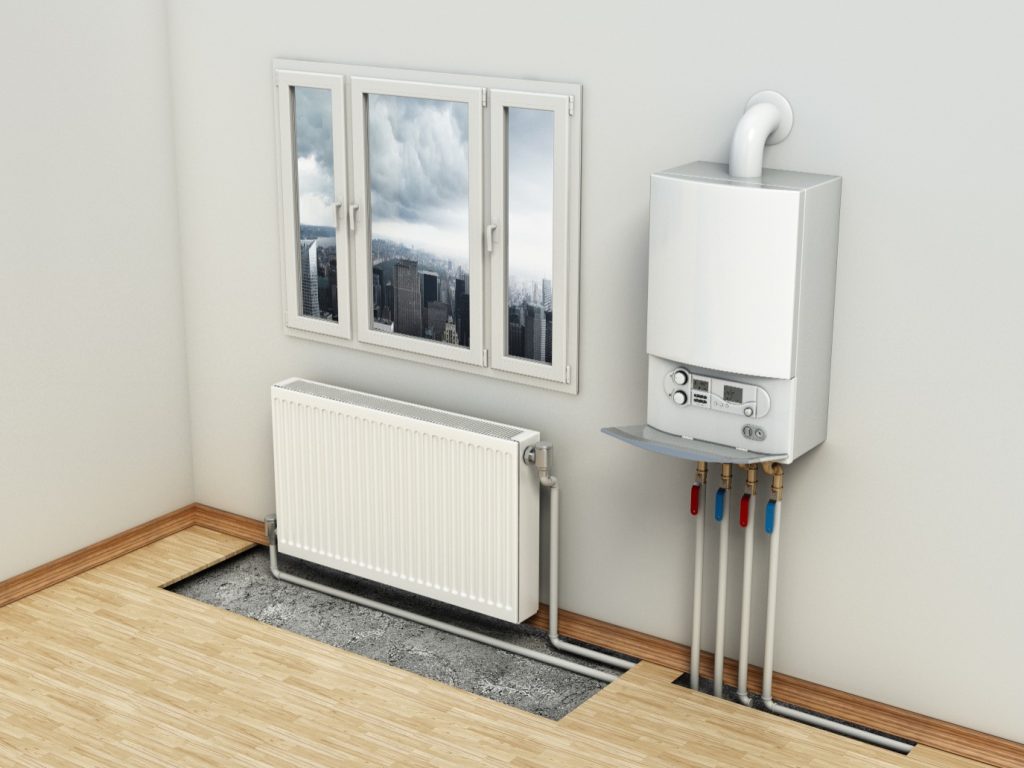
Health & Air Quality: How These Systems Affect You
| System | Air Circulation | CO Risk | Dry Air | Allergy-Friendly | Overall Safety |
|---|---|---|---|---|---|
| Propane Furnace | Yes | Moderate | Yes | No | Medium |
| Propane Boiler | No | Low | No | Yes | High |
| Gas Fireplace/Stove | No | High (vent-free) | No | Yes (vented only) | Low–Medium |
| Radiant Floor Heat | No | Very Low | No | Yes | Very High |
| Combi Boiler | No | Moderate | No | Yes | High |
Tips for Safety:
- Install CO detectors on every floor.
- Avoid vent-free gas appliances.
- Schedule yearly professional inspections.
- Maintain proper ventilation in utility rooms.
Which System Is Right for You?
| Your Priority | Best System |
|---|---|
| Fast, whole-home heat | Propane Furnace |
| Allergy-free, quiet heating | Propane Boiler or Radiant Floor |
| Small home or limited space | Combi Boiler |
| Cozy atmosphere or emergency use | Gas Fireplace (vented) |
| Long-term energy efficiency | Radiant Floor + Boiler |
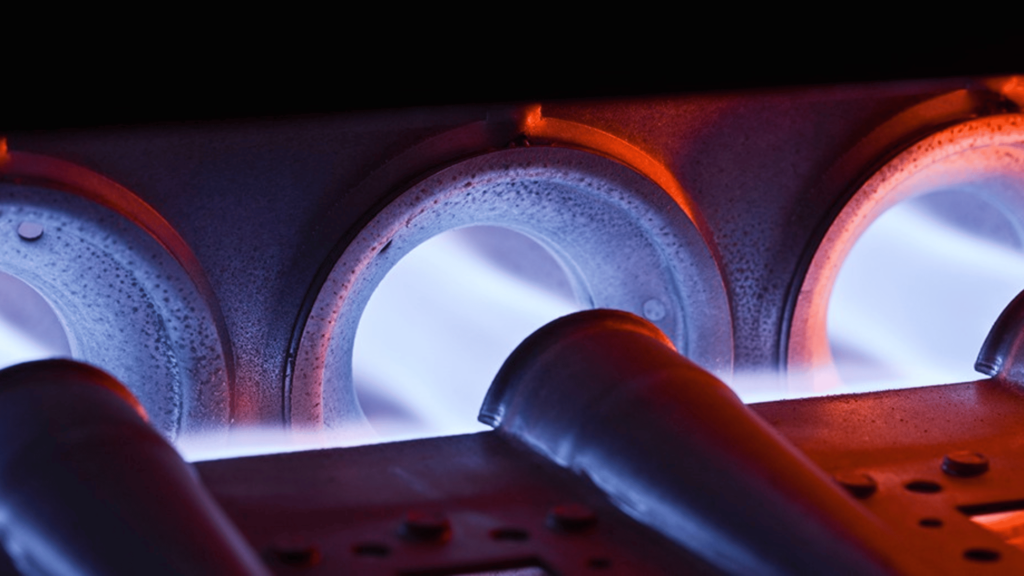
Conclusion: Choose Wisely, Save Money, Breathe Better
Heating your home with propane can be clean, efficient, and safe—but only if you choose a system that fits your square footage, health needs, maintenance comfort, and budget.
